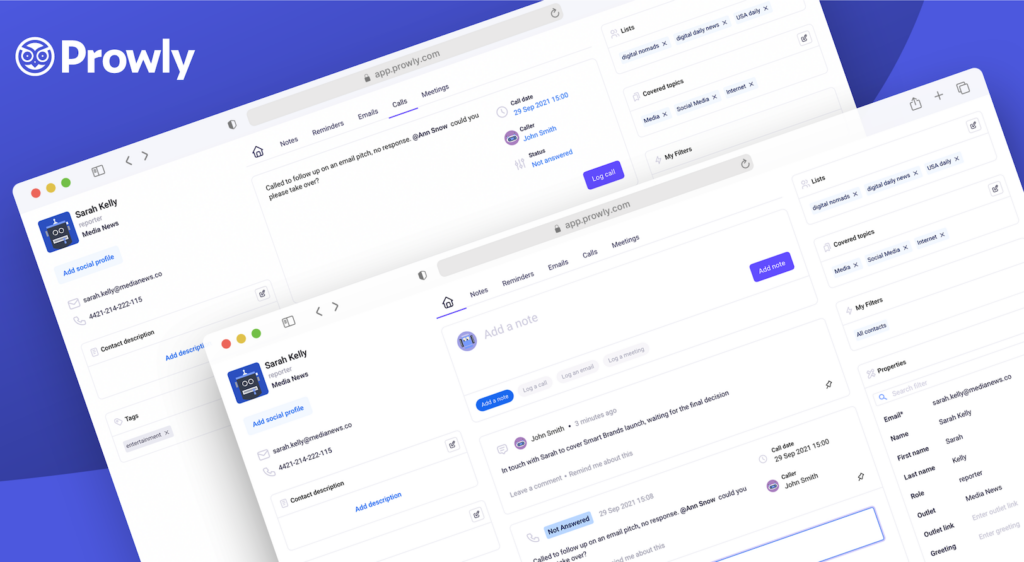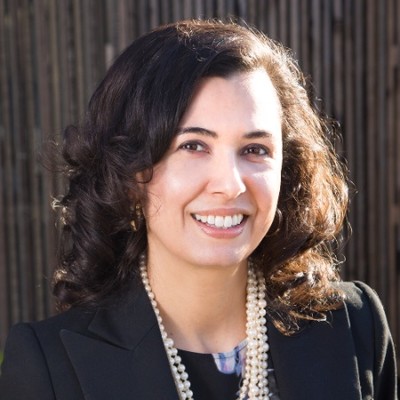Today’s business world feels like it moves at light speed, and the PR world is no exception. Your team must be prepared for anything and everything, at any moment. Thanks to this hyper-connected world live in, both opportunities and crises are constantly looming around the corner.
So, when creating a PR team, it’s important to make sure its members can handle both typical, recurring responsibilities and unexpected PR surprises that may come their way. However, bulletproofing your PR team structure is about more than just managing them effectively (although this does play a big part).
A strong team is created through careful planning and sustainable practices. There may be no magical way to make sure your team is entirely invincible from unforeseen PR nightmares, but there are steps you can take to make sure they’re prepared for whatever lies ahead.
Let’s dive in.
Building a solid PR team structure
Understand the details of each role
Just like with a sports team, each member is essential to the success of the group. However, for PR teams, these distinctions may not be as obvious as they are on the field.
If you’re creating a PR team from scratch, it’s necessary to plot out the key focuses and responsibilities that will fall to the team. Additionally, you must determine how many people it will take to handle the task efficiently.
The team mix may look different from business to business, as it’s especially dependent on the areas of focus. For instance, some teams would greatly benefit from adding a writer whose job is to focus solely on creating high-quality copy. Others may need a social media genius who understands the ins and outs of what’s happening online. Many teams will require both these specialists.
The goal is to bring together a group where PR teamwork flourishes.
As your team grows, make sure everyone is fully aware of personal responsibilities, so tasks are not left to unqualified or overwhelmed team members. In this case, using an online project management system may ensure that tasks are assigned to the right person or department.
To build and strengthen your team as a whole, the role of each person on it must be understood, defined, and supported. Make sure that every new addition knows exactly how their role plays an integral part in the collective success of the organization. - Mostafa ElBermawy, CEO @ NoGood
Hiring for the PR team of your dreams
Prioritize soft skills
PR is a field where soft skills hold tremendous weight. Soft skills refer to things like communication ability, critical thinking, problem-solving, and teamwork.
When you’re aiming to create a dream team of PR professionals, it can be easy to get caught up in finding candidates with long lists of experiences, accomplishments, and qualifications. While these are certainly necessary for success in some roles, it’s important you don’t forget to assess their soft skills, too.
Across the board, the most in-demand soft skills include communication, organization, and teamwork capabilities. Measuring these aptitudes is often one of the most difficult tasks recruiters face when assessing candidates. Many companies don’t know what they’re getting until months after the candidate has started working.
In order to determine whether an applicant has what it takes, a data-driven recruiting system can do wonders to eliminate guesswork. These software systems use big data to automatically scan applications for certain keywords, PR skills, experiences, and more.
From here, companies can create personalized skill assessments to accurately measure each applicant’s soft skill levels through unique questionnaires. The reports from these evaluations can help to properly assess if an applicant would be a good addition to the team.
A high-caliber PR team must be able to work together; team collaboration and interpersonal skills are essential, even if the company needs to succeed at data-driven branding and PR. Make sure that assessing these skills is a top priority throughout the hiring process, and you’ll naturally build a better team.
Value diversity
Diversity is what makes us all different, but it can also be what brings us together. Creating a PR team with differing backgrounds and experiences can create an environment that allows for new perspectives on how to reach wider markets.
Diversity in the workplace is a big issue, and sadly, many industries are still lagging behind. Creating a PR team that is made up of a good mix of backgrounds, ages, and appearances not only helps to push for better diversity but can ensure that your company is more successful. Diverse businesses are 35% more likely to have higher returns than their non-diverse competitors.
As you look for new hires or internal promotions, be sure to keep diversity and equality as a top concern. Not only will it better the work environment by encouraging a healthy mix of perspectives, but it can also help the entire business grow and succeed.
Scaling your team to new heights
Define and develop repeatable workflows
Simply put, a business is only as good as its internal task structure. Having systematized workflows in place will help your PR team stay responsive, efficient, and more focused on progress. The setup will look different for every business, but it’s the cornerstone of scaling your team and growing your agency or in-house results.
Three out of four American workers don’t think their company provides them access to the systems necessary to produce their best work. If even one individual’s process is slowed down by inefficient practices, the entire team will suffer.
One of the greatest qualities of a strong PR team is the ability to think on its feet. As the team develops, protocols need to be put in place for certain occurrences.
What happens if the brand gets bad sentiment on social media? What’s the plan if a scandal surfaces? Have your team discuss the strengths and weaknesses of the operation and research PR tools that could help.

Map out and share your growth strategy
As your team grows, it’s important that the message of your brand stays consistent. Conflicting messages or mistakes could cost your business big time. Errors of this nature create confusion among customers, which can damage your brand’s integrity over time.
Be sure the details of your PR strategy are clearly defined and understood by everyone on the team, as well as new members. Crafting vision boards with pictures and phrases that define your business can be helpful for some creative thinkers. Some could benefit from highly organized calendars, while others may need charts and graphs that define audience demographics and areas of focus.
The critical part is that everyone on the team is on the same page and working towards the same goals.
Consider hiring freelancers
With the rapid rise in self-employment, there’s a huge opportunity to add experienced, freelance PR and marketing professionals to your team as needed. Many agencies now rely on freelancers to fill in the time and expertise gaps needed to support their teams.
For example, a freelance social media strategist brought on for 10 hours a week could give an account lead more time to focus on media pitching. Plus, the freelancer’s particular experience in this area should result in higher-quality work than would be produced in the hands of someone whose talent lies in another area of PR.
Think broadly about how freelancers (or PR interns) can round out your team in just a few hours a week. Freelancers are available to cover a wide range of needs like specific industry pitching, client reports, graphic design, copywriting for social media captions, photoshoot management, and digital press clippings. That are just a few options!
P.S. Here's the Practical Guide to PR Clippings for your PR agency if you'd like to delve a bit deeper into the topic.
Structure your PR team for success
You’ll know you’ve built a winning team when they’re ready for anything that’s thrown their way. The best way to prepare your team for the challenges ahead is by emphasizing a unified vision that guides individual roles, workflows and growth planning. Building a strong, diverse, and capable team from the start ensures that it stays versatile in the long run and can scale easily.
Keep in mind that PR is all about fast, intelligent thinking. When big decisions need to be made, success ultimately comes down to the people and processes in place. For this reason, make sure you build a strong team that has all the necessary tools and systems they need. It will be the bulletproof vest that saves the day in times of a PR crisis.

